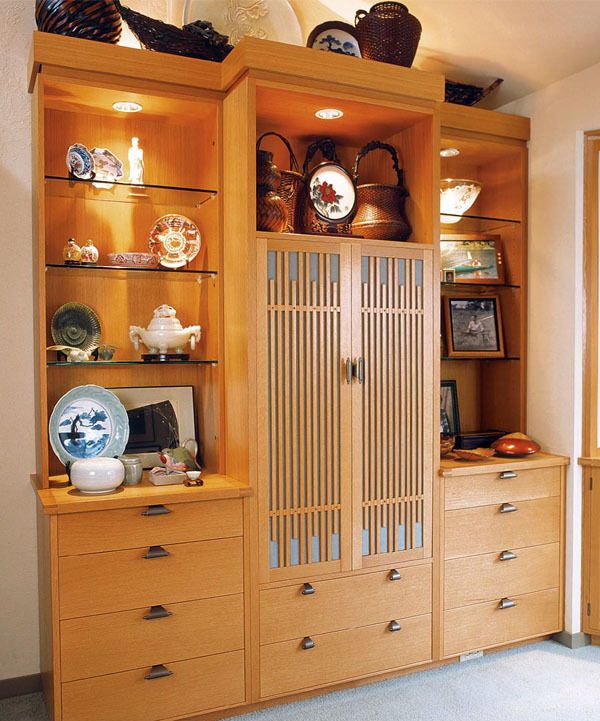Extraordinary Built-ins
Case-good construction techniques and a furniture maker's sensibility can take "cabineture" to new heights
Synopsis: When designing a bedroom from scratch, this author says that top-quality materials make a difference. The project he shares here, a set of cabinets that look like furniture, uses joinery ranging from biscuits to hand-cut dovetails. Time spent refining details pays off — you don’t want to detract from all the rest of your work with a sloppy element. This project led to a new discipline for the author, one he calls “cabineture.”
A few years ago, two women walked into my shop unannounced. One of them was the daughter of a client; the other was her interior designer. They were familiar with my furniture and asked whether I would consider making built-in cabinets for them. I said I was not doing cabinets anymore, just furniture. But the women said they didn’t want cabinets in the traditional sense. They were looking for built-ins that looked like high-quality furniture.
My curiosity was piqued, because I had never done anything like this before. Case-good construction and furniture making really are two separate disciplines. Built-in cabinets generally are utilitarian in nature. To keep costs under control, the choice of materials and construction follow certain predictable paths. For one, doors often are attached with large European-style hinges, and drawers are usually set on metal slides, all of which make for easier adjustment and faster construction. Cabinets usually are attached to walls with screws, and moldings, if any, are nailed in place.
Fine furniture requires more handwork, such as hand-cut dovetail joints, which are time-consuming and costly if done on a large scale. But furniture presents the builder (and client) with many more options. The choices of materials are endless, and the design possibilities vast. These are all the reasons why I got into furniture making and why I took on this commission.
Designing a bedroom from scratch
My mission was to create a refuge—a place to relax, reflect and reenergize. The homeowners are both avid readers and art collectors and demanded lots of storage and display space. Their wish list included an entertainment/display center, a corner cabinet, three sliding door screens, three large wardrobes, two bookcases and even some freestanding furniture: a platform bed and two nightstands. Aesthetically, the clients were after what they called a “contemporary Asian feeling.”
I looked for a traditional and historical link that I could update and found it in a book on Japanese architecture. I was intrigued by a style of fence and gate that utilized a latticework pattern with decorative nails at the joints. I sketched out various ideas and came up with a scaled-down version of this latticework pattern, which could be repeated throughout the room. The clients liked the idea. The latticework, which is applied to all of the door panels, became the focal point of many of the pieces, both large and small and helped tie them all together visually.
From Fine Woodworking #149
For the full article, download the PDF below:
Fine Woodworking Recommended Products

AnchorSeal Log and Lumber End-Grain Sealer

Suizan Japanese Pull Saw

Drafting Tools





















Log in or create an account to post a comment.
Sign up Log in